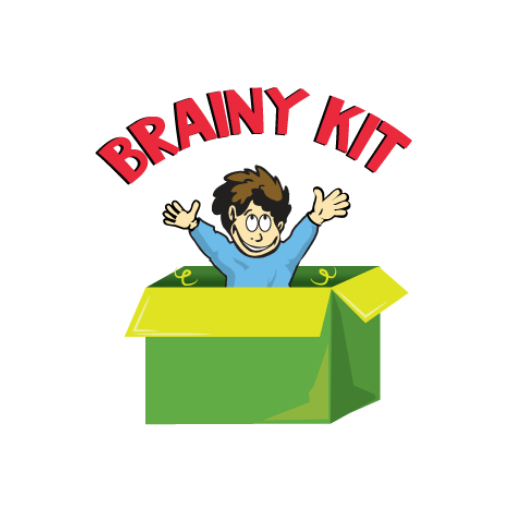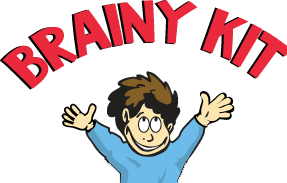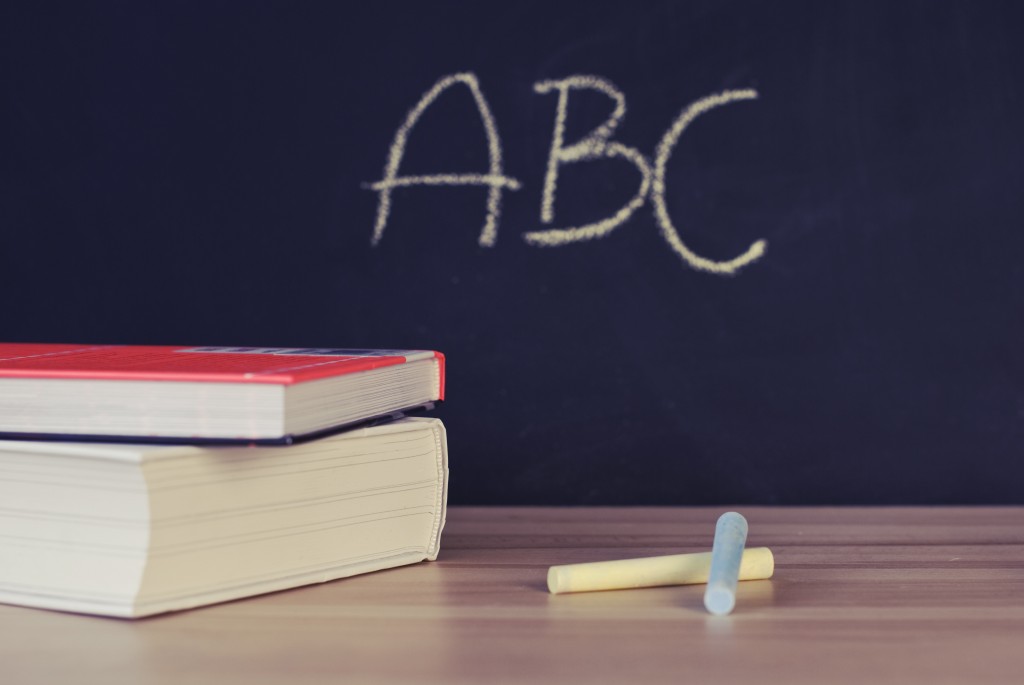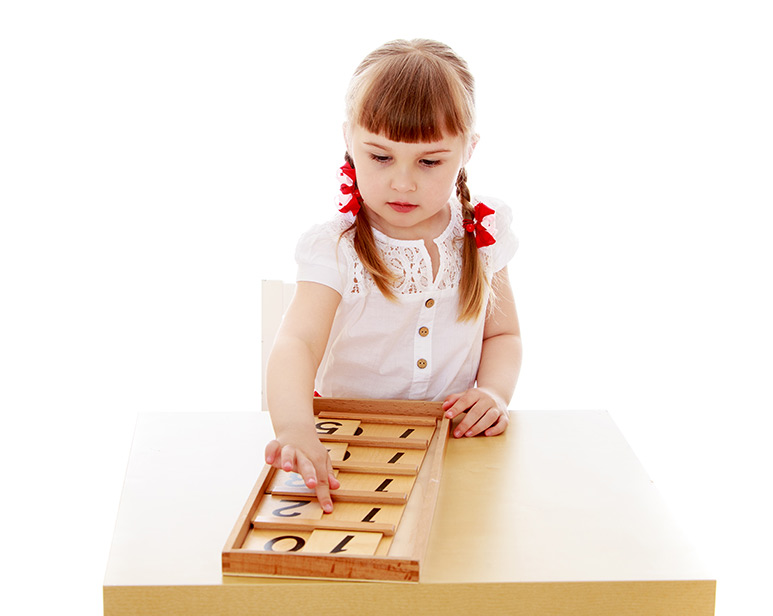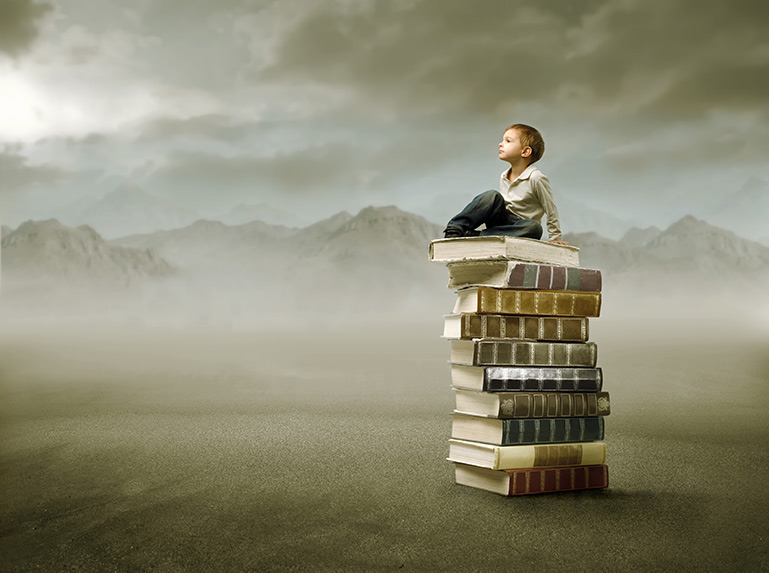The Montessori classroom may be non-traditional, but it’s effective
Natural lighting and a cozy, home-like feel. A mixed age group of children playing with very little direct instruction. You might think this describes a child’s bedroom, not a classroom, but this is what you can expect from a Montessori school classroom.
Maria Montessori saw the full potential in the child’s ability to self-regulate and guide his learning. This understanding of the child’s internal guide makes the approach to the classroom environment one of upmost importance. For the child to be a successful, independent learner, he must be in an enriching area designed for him. Each element of the Montessori school classroom is prepared thoughtfully to meet the developing needs of independent learners.
A Non-Traditional Approach
The Montessori school classroom might seem a bit unusual to those who are unfamiliar with Montessori education. The typical Montessori classroom does not much resemble the traditional classroom which most people are more commonly familiar.
Walk into the Montessori school classroom and you might be surprised by the lack of desks, artificially lighting, and walls lined in posters and decor. In lieu of numerous desks, you will find tables and mats on the ground for work spaces. Shelving lined with sorted materials will divide sections of the classroom.
The Montessori educational materials will all be at the eye level of the child and easily accessible. The ambiance is natural including woven baskets and wooden containers. Shelves are clean and clear of clutter. The decor more closely resembles a home than a regular classroom with classic art pieces, plants, and flower arrangements.
Organization Stations Are Prominent
Each material in the Montessori classroom is picked for its educational value. The materials are sorted into logical stations which allow the children the opportunity to gain valuable knowledge and skills in each subject. Some of these stations may include language arts, math, science, and practical life skills.
The language arts shelf might contain textured letters, a movable alphabet, and a tray with sand and letters so the student can draw the letter in the sand. A student at the math station may explore textured numeral cards, bead trays, and number rods.
The science center will be a popular spot with pine cones, shells, and magnifying glasses, as well as a natural science book to learn more about these items. Probably the most nontraditional station in relationship to a more traditional school would be the practical life skills area.
Children here are preparing snacks and pouring drinks for their classmates, polishing real silver, and arranging flowers in glass vases. Other stations could include building, geography, art, and music, all designed to meet the learning standards and needs for each student allowing him to progress at his own rate.
You might be surprised to observe the work you see the children perform. It will resemble playing, because at the root of Montessori work is play. One group of children may be building with unit blocks, learning structure stability, fractions, and team work in the process. An individual student may be watering the class plant and feeding the class pet, displaying self-discipline and care for other living things. Yet another student will be tracing textured letters from the language arts shelf, practicing language arts skills and strengthening fine motor skills.
Montessori education understands the value of self-directed play to be the true work of the child. A thousand worksheets can never replace the learning gained from these hands-on experiences.
Independence Is Key
The independent approach to learning is anything but traditional. In the traditional school setting, a teacher would be leading a lecture, followed by the student completing the designated task coordinating with the lecture. Walk in to the Montessori classroom, though, and you will see most of the children working independently.
The teacher may be working one on one with a student, showing them how to use a new material or adding additional elements to the material to make it more challenging. She might be sitting down observing and making notes on what each child is accomplishing through their play.
The teacher takes a secondary approach in Montessori education; she is an observer and a facilitator. The student will take lead of his education the majority of the time, and be led by the teacher much less than the traditional classroom. In this sense, it is a flipped classroom.
Grouping children together who are all the same age is the norm in traditional schools. Maria Montessori, however, saw children developed in stages, or planes. Students are grouped in their plane of development and each classroom is designed to meet the needs of the different groups.
The preschool Montessori educational classroom regularly has children ages three to six working together. Children ages six to nine and nine two twelve are often separated into a lower elementary class and an upper elementary class. The age gap might seem large, but this only fosters a stronger sense of community.
The older students are sensitive to the needs of the younger students. They are leaders and help guide the younger students. The younger students watch the older students and gain wisdom and knowledge from them. This is called scaffolding, and it is a joy that which Montessori education teachers and students get to experience.
The Montessori school classroom is a special place. A carefully designed, rich and engaging environment is what can expect from a quality Montessori educational facility. What else would you add to expect from the classroom? Comment below and let us know.
